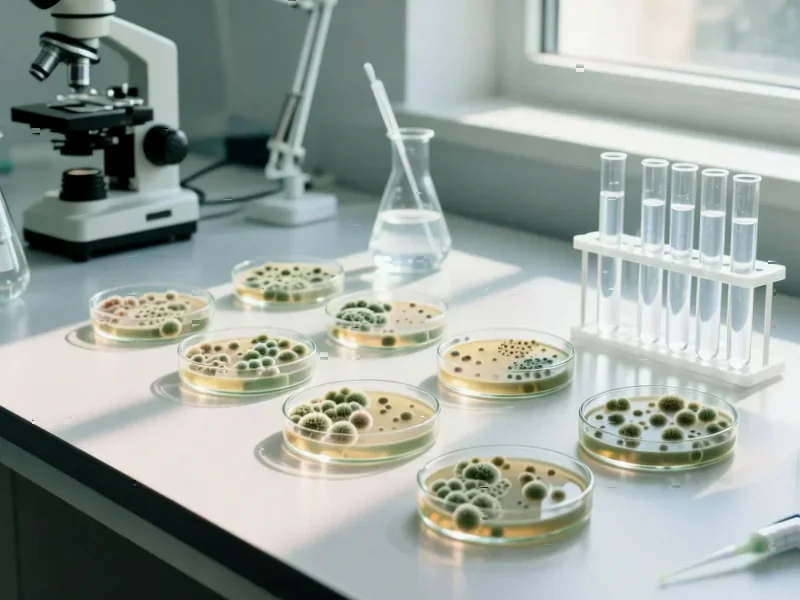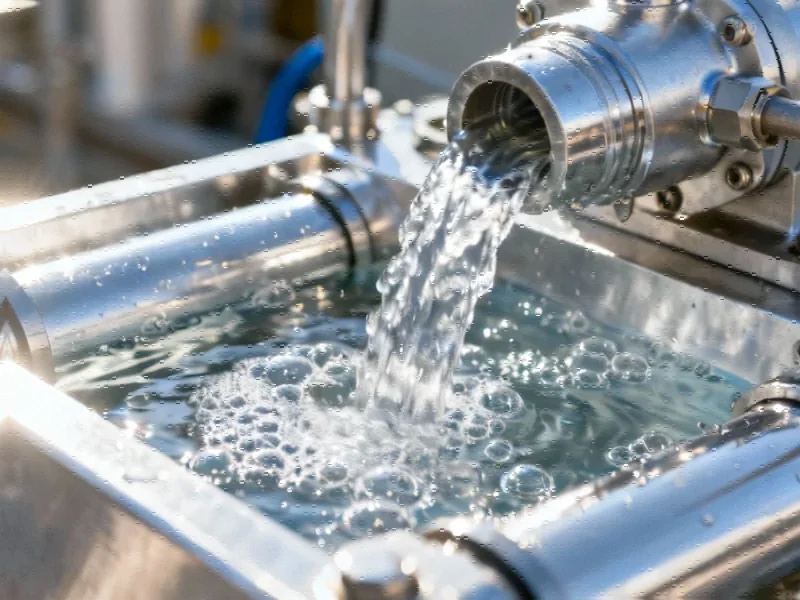According to Phys.org, antimicrobial peptides can effectively control Salmonella infections in chickens and have significant potential to improve food safety and public health, according to a new study published in Microbiology Spectrum. The research, led by Professor Gireesh Rajashekara from the University of Illinois Urbana-Champaign, identified two specific antimicrobial peptides that kill many different types of Salmonella both in test tubes and in live chickens. These short chains of amino acids demonstrated the ability to kill harmful bacteria without inducing antibiotic resistance and maintained their effectiveness even after exposure to heat and protease treatments, making them suitable for poultry industry applications. The study provides a framework for developing antimicrobial peptides to control Salmonella in chickens, with future work focusing on large-scale testing, optimizing delivery methods in water and feed, and exploring additional peptides with similar anti-Salmonella activity.
The Food Safety Revolution in Poultry Production
This research represents a potential paradigm shift in how we approach food safety in the poultry industry. Salmonella contamination costs the global food industry billions annually in recalls, healthcare expenses, and lost productivity. What makes antimicrobial peptides particularly compelling is their dual-action capability – they not only target Salmonella but also related pathogens like E. coli, creating a broader protective shield. For poultry producers, this could mean moving beyond reactive contamination control toward proactive pathogen prevention. The heat stability and protease resistance mentioned in the study findings are crucial practical advantages, as these peptides could potentially be incorporated into feed processing without losing efficacy during manufacturing or storage.
Addressing the Antibiotic Resistance Crisis
The timing of this breakthrough couldn’t be more critical given the escalating global antibiotic resistance crisis. Agriculture accounts for approximately 70% of antibiotic use worldwide, creating immense selective pressure for resistant bacteria. Antimicrobial peptides offer a fundamentally different mechanism of action compared to traditional antibiotics, targeting bacterial membranes rather than specific cellular processes. This broader mechanism makes it much more difficult for bacteria to develop resistance. For regulatory agencies and public health organizations, this research provides scientific validation for investing in alternative approaches that could help preserve the effectiveness of existing antibiotics for human medicine while maintaining food safety standards.
The Practical Challenges of Industry Adoption
While the laboratory results are promising, scaling this technology to commercial poultry operations presents significant hurdles. Cost-effectiveness remains a major consideration – antimicrobial peptides are typically more expensive to produce than conventional antibiotics. Delivery optimization in water or feed systems requires careful formulation to ensure consistent dosing across thousands of birds. There’s also the regulatory pathway to navigate; any new antimicrobial product for food animals must undergo rigorous safety testing and approval processes that can take years and substantial investment. Poultry producers will need clear evidence that these peptides don’t affect bird health, growth rates, or meat quality before widespread adoption can occur.
What This Means for Consumers and Public Health
For consumers, successful implementation of this technology could mean significantly reduced risk of foodborne illness from poultry products. The Centers for Disease Control and Prevention estimates Salmonella causes about 1.35 million infections, 26,500 hospitalizations, and 420 deaths in the United States each year. If antimicrobial peptides can achieve even a modest reduction in poultry contamination rates, the public health impact would be substantial. However, consumers may have questions about the safety of these new compounds in their food supply, requiring transparent communication about the science and regulatory oversight. The research team’s planned large-scale testing will be crucial for building both regulatory and consumer confidence in this approach.
The Road Ahead for Food Safety Innovation
The University of Illinois team’s future research directions highlight several exciting possibilities. Optimizing delivery methods could lead to integrated systems where peptides are administered at multiple points in the production cycle – from hatcheries to processing facilities. Understanding the precise mechanisms of how these peptides kill Salmonella could inform the development of even more effective compounds. Perhaps most importantly, this research opens the door to exploring similar approaches for other foodborne pathogens in different livestock species. As Professor Rajashekara’s team continues their work, we may be witnessing the early stages of a broader transformation in how we protect our food supply from microbial threats.




